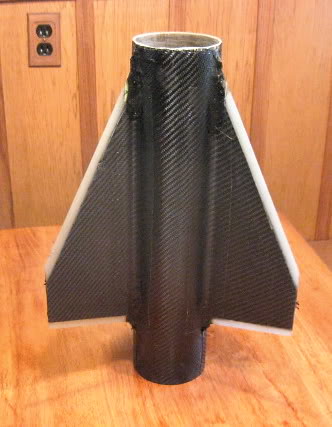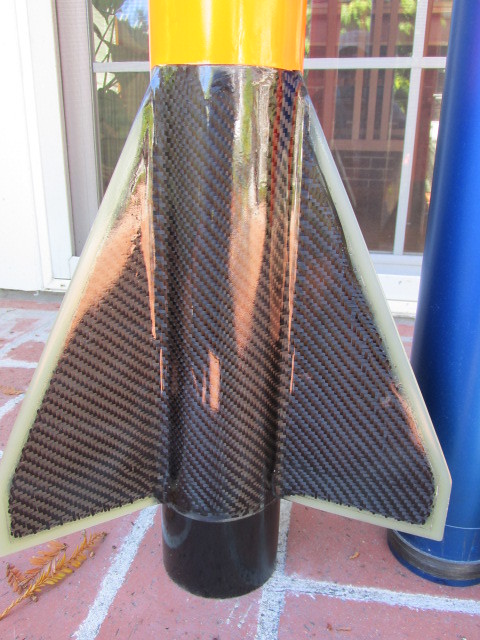Trying to wrap my mind around the leading edges of a tip to tip layup.
I've watched every video and searched for a while. Example situation would be, 2x2 carbon fiber tip to tip with surface s-glass, wet lay, vacuum bagged. After curing, trim the excess. It kinda stops there for me.
Im drawing a blank on the leading edges, actually, all the edges. In my mind this is a uncapped or un unprotected area of the fin that will delaminate or split. How are people continuing the fabric with the weave wrapped over the leading edge. Is it cut a certain pattern to lay over? If not, are you just joining the seams and sealing with laminating epoxy over the joint and make it pretty?
Is capping the best way by means of 1/4 inch perimeter of black higher temp/hardness epoxy where its recessed a bit into the edges and layup, but level across the surface as the edge?
I've watched every video and searched for a while. Example situation would be, 2x2 carbon fiber tip to tip with surface s-glass, wet lay, vacuum bagged. After curing, trim the excess. It kinda stops there for me.
Im drawing a blank on the leading edges, actually, all the edges. In my mind this is a uncapped or un unprotected area of the fin that will delaminate or split. How are people continuing the fabric with the weave wrapped over the leading edge. Is it cut a certain pattern to lay over? If not, are you just joining the seams and sealing with laminating epoxy over the joint and make it pretty?
Is capping the best way by means of 1/4 inch perimeter of black higher temp/hardness epoxy where its recessed a bit into the edges and layup, but level across the surface as the edge?







